The 1970s were a colorful era of television advertising, where humor, stereotypes, and bold claims ruled the airwaves. Many commercials from that decade reflected societal norms and marketing tactics that are completely unacceptable today. From exaggerated gender roles to unsafe product depictions, these ads provide a nostalgic yet uncomfortable glimpse into past media culture. Here are 18 classic ’70s commercials that highlight how far advertising standards have come and how certain campaigns would never be allowed today.
1. Alka-Seltzer – “I Can’t Believe I Ate the Whole Thing” (1972)
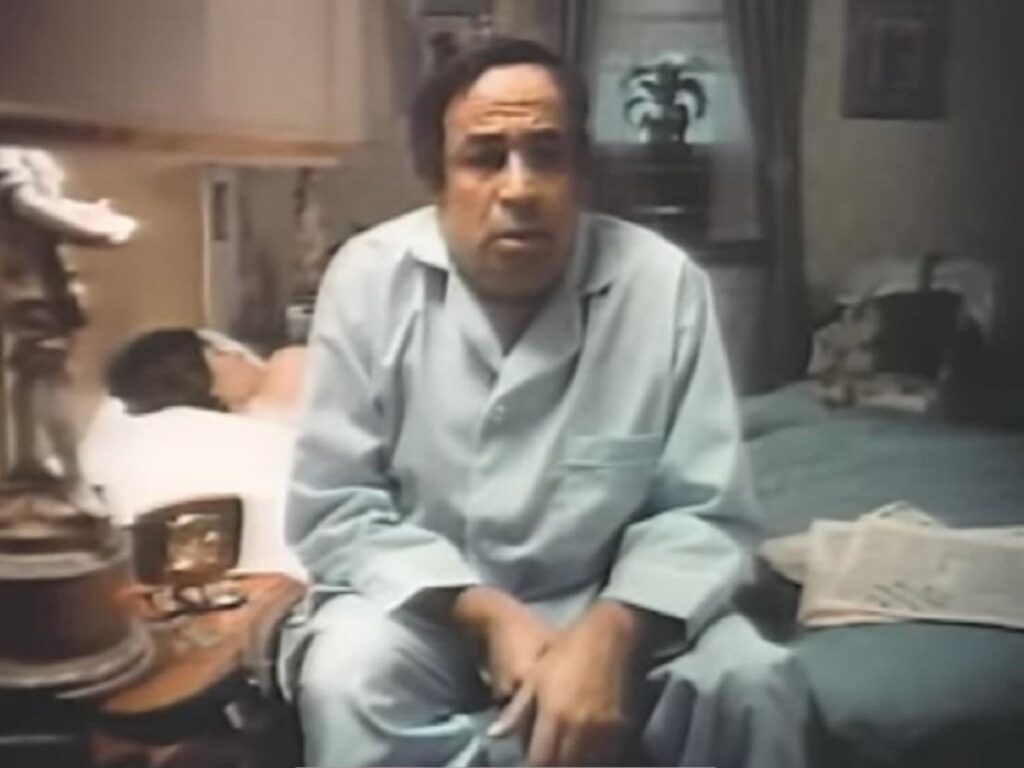
Alka-Seltzer’s iconic spot showed an overeating man clutching his stomach while a tiny jingle reminded viewers of digestive relief. Its humor relied heavily on the stereotype of men overindulging at meals, which audiences at the time found relatable. Today, such a commercial could face backlash for body-shaming or trivializing digestive health issues. The jingle itself became instantly memorable, but the campaign’s casual approach to mockery would likely prevent it from airing in modern media landscapes.
2. Mr. Clean – “Magic Eraser” (1970s)
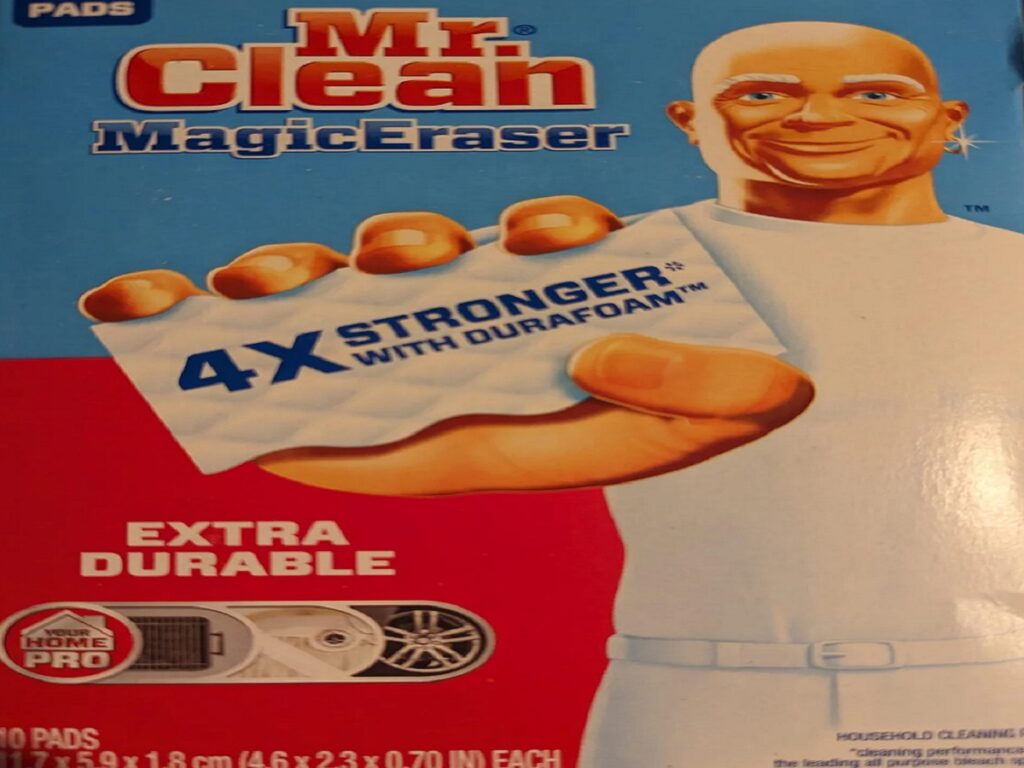
Mr. Clean commercials often depicted women scrubbing homes while the omnipresent mascot smiled approvingly. The messaging implied household chores were primarily women’s responsibility. While effective in promoting cleaning power, today, such gendered messaging would be considered offensive and outdated. Modern advertising emphasizes shared domestic responsibility, and portraying cleaning as exclusively feminine labor would likely draw widespread criticism for perpetuating stereotypes.
3. Clio’s Chiffon Margarine – “Mother Knows Best” (1970s)

Chiffon Margarine commercials often featured mothers lecturing children about healthy eating, suggesting their products were essential for raising proper kids. This campaign leaned heavily on parental guilt and traditional gender roles. Today, a commercial implying women’s worth is tied to child-rearing or cooking would be deemed inappropriate. While the brand’s messaging aimed to create domestic trust, its approach now feels outdated, reflecting a society less tolerant of such prescriptive gender norms.
4. Coca-Cola – “It’s the Real Thing” (1971)
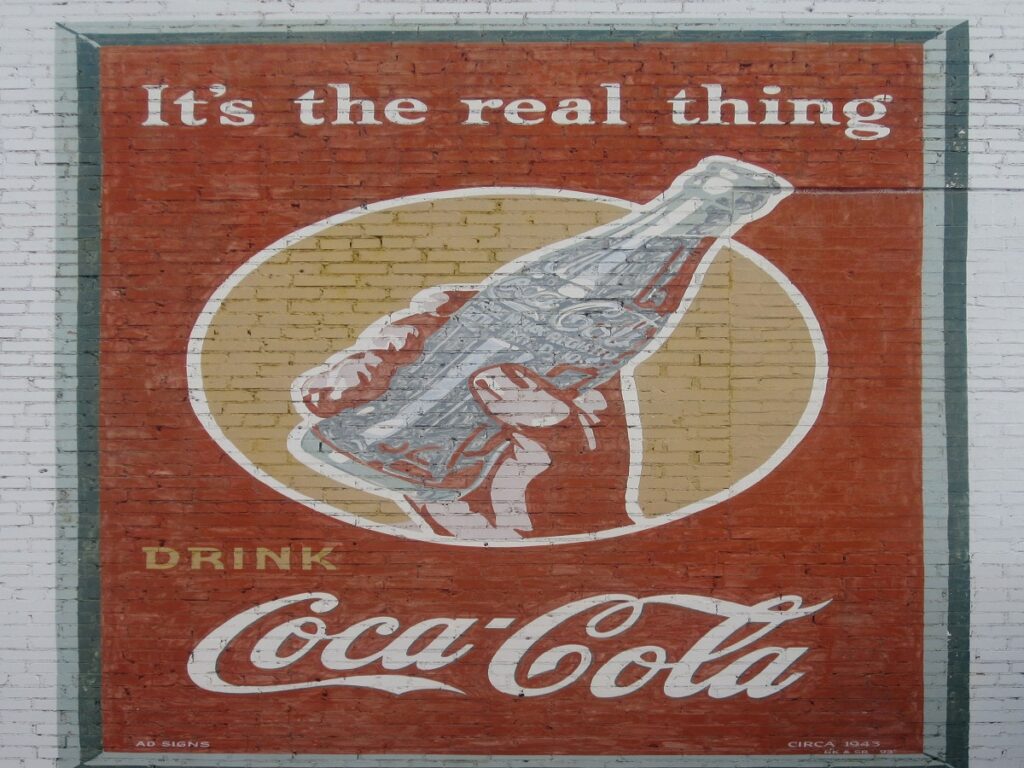
Coca-Cola’s classic ad featured diverse groups of people dancing and drinking the soda, set to the memorable jingle. Despite the apparent inclusivity, some racial stereotypes and tokenism were present in ways that modern audiences might criticize. Today, brands are held to higher standards of cultural sensitivity, ensuring portrayals are authentic rather than performative. While the ad was celebrated for its catchy music, it would likely be scrutinized heavily for subtle biases in representation.
5. Pepsi – “Pepsi Challenge” (1975)
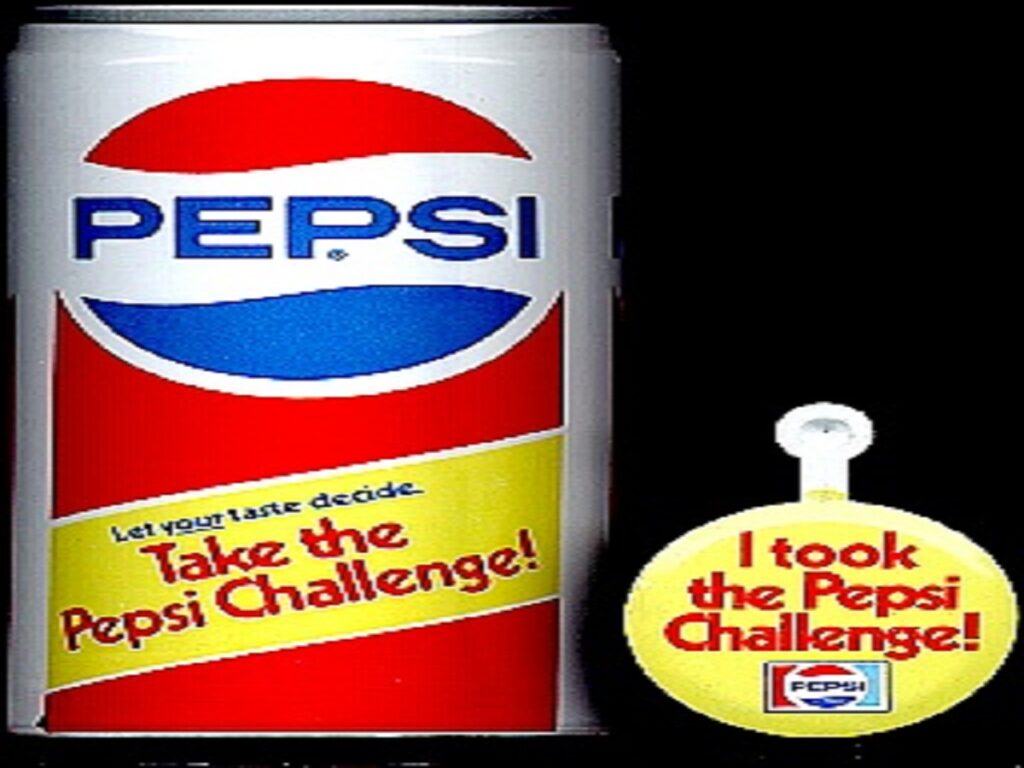
The Pepsi Challenge campaign showed people blind-tasting sodas, usually concluding that Pepsi was superior. While fun and memorable, it often exaggerated results or used staged reactions. Modern regulations require accurate representations in taste tests and avoid manipulative editing. The commercial’s playful approach to pitting one brand against another is still common, but today, overtly scripted “surprise” reactions could face legal or ethical scrutiny for misleading consumers.
6. Play-Doh – “Only Play-Doh Builds Creativity” (1970s)
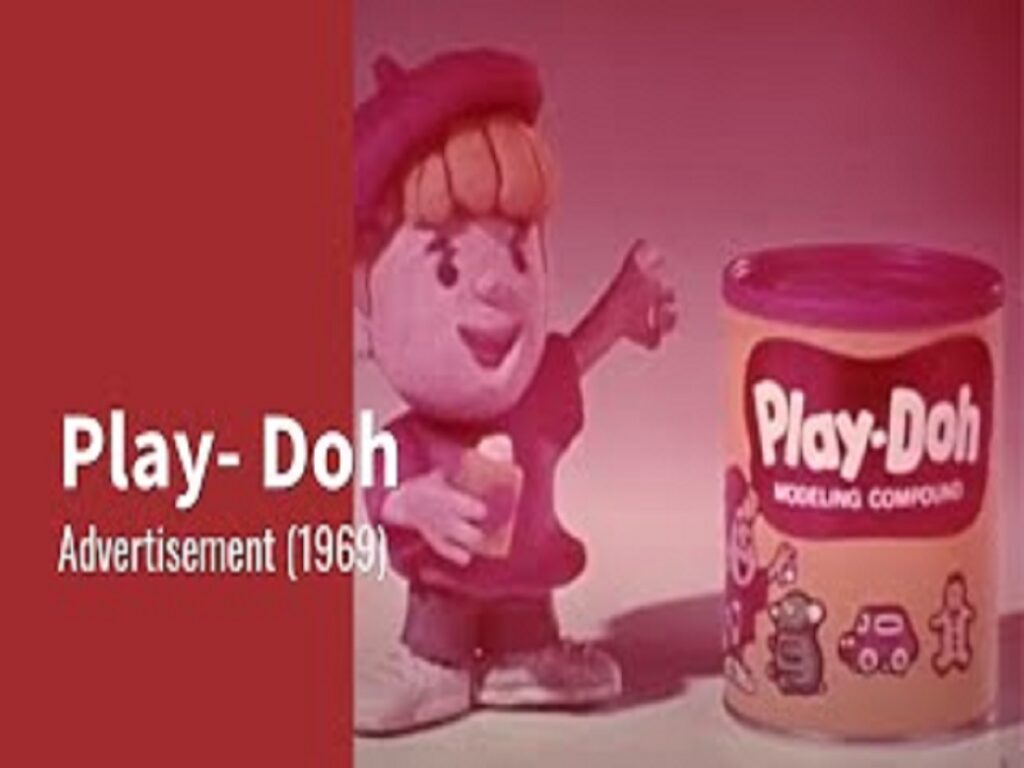
Play-Doh commercials featured children, mostly boys, engaging in messy creative play, while girls were often sidelined or shown in passive roles. The ads reinforced gendered ideas of who could be inventive. Today, portraying toys as gender-specific is discouraged, and brands aim for inclusivity. While the product itself remains beloved, the original commercials would be considered exclusionary, with critics pointing out the missed opportunity to market creativity to all children equally.
7. Wonder Bread – “Helps Build Strong Bodies” (1970s)
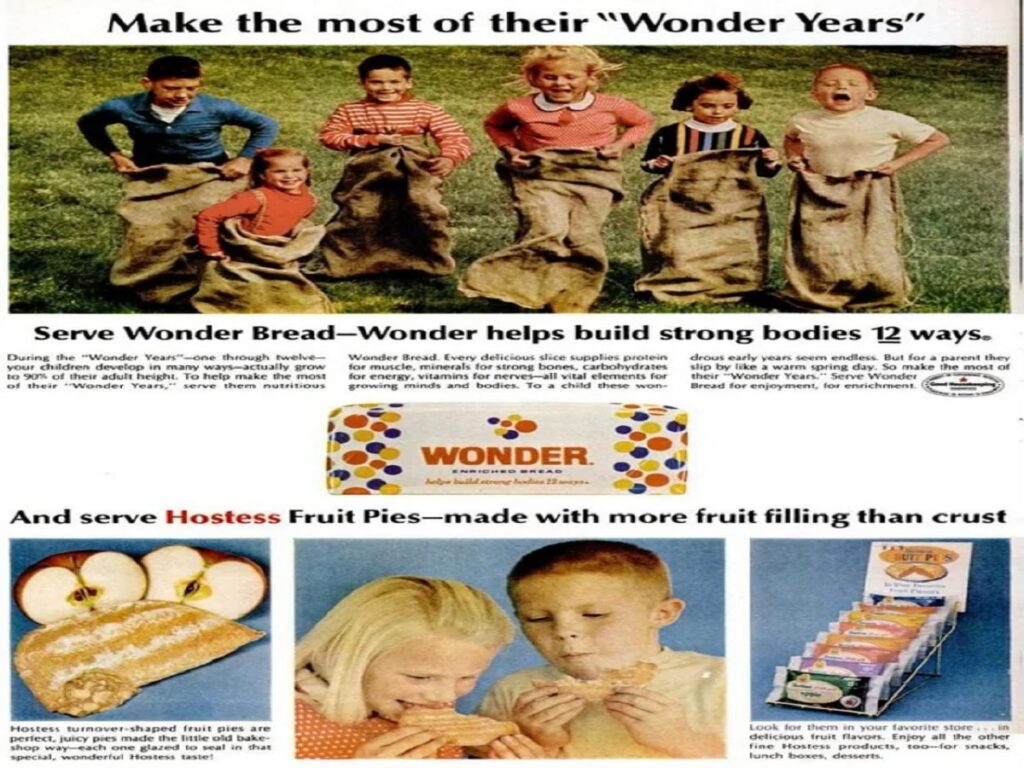
Wonder Bread’s ads often depicted children growing tall and strong after eating the product, sometimes accompanied by animated illustrations of muscles or bones. These exaggerated health claims, common in the ’70s, would now be heavily regulated by the FDA and advertising standards authorities. Modern consumers are skeptical of products promising physical transformation or developmental miracles. Today, Wonder Bread would need to present evidence-based nutritional information rather than fanciful growth claims.
8. Alka-Seltzer – “Speedy Relief” (Late 1970s)
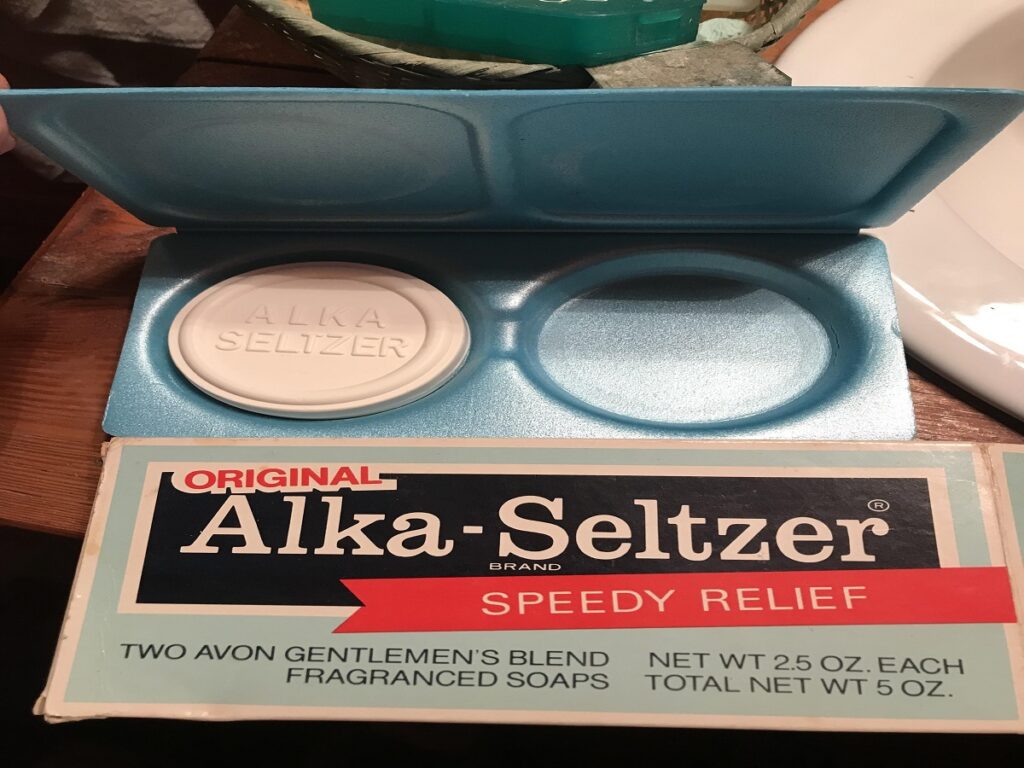
Another Alka-Seltzer campaign featured slapstick sequences of men and women misusing the product in humorous ways, often trivializing serious digestive issues. Physical comedy was central, with exaggerated discomfort for laughs. Modern advertising guidelines discourage making light of medical conditions, especially for mass-market medications. Today, humor is used more carefully, with warnings and disclaimers to avoid encouraging misuse. These ads now feel reckless compared to contemporary pharmaceutical marketing.
9. Kool-Aid – “Oh Yeah!” (1970s)
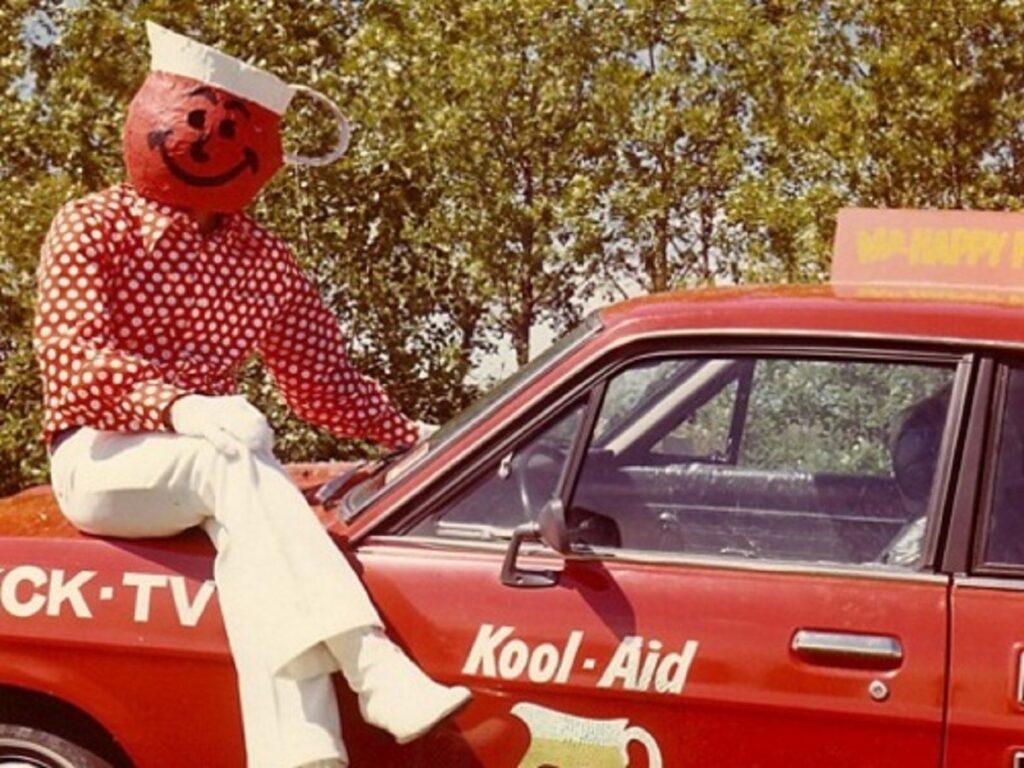
The Kool-Aid Man burst through walls, shouting “Oh Yeah!” in commercials, often causing chaos around unsuspecting adults. While entertaining kids today, such stunts could raise safety concerns and liability issues. The idea of glorifying destructive behavior for humor is far less acceptable in modern advertising. Additionally, portraying adults as bumbling or frightened for amusement could face criticism for negative stereotyping. Despite its nostalgia, the ad’s physical recklessness would be a red flag for contemporary standards.
10. Lucky Strike – “Reach for a Lucky Instead of a Sweet” (1970s)
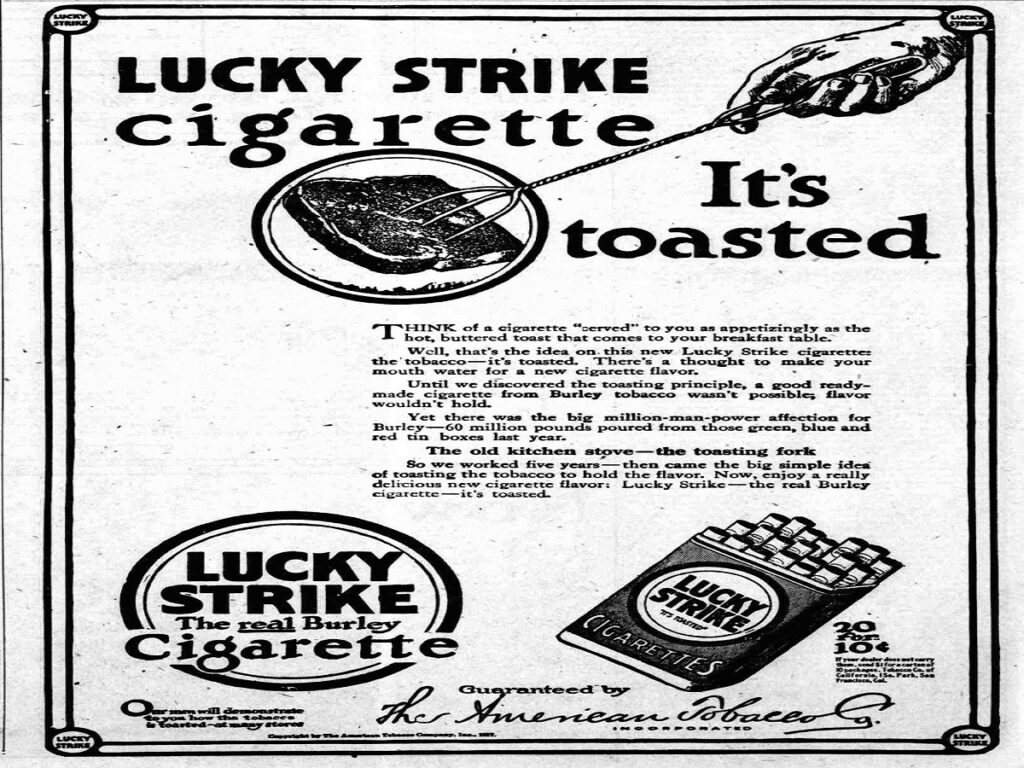
Tobacco ads were common in the ’70s, with Lucky Strike promoting cigarettes as preferable to candy, sometimes even linking smoking to health or sophistication. Modern regulations ban advertising tobacco products on television and require strict health warnings. Such messaging is now considered dangerously misleading. This campaign represents a stark contrast to today’s standards, where public health concerns prevent glamorizing smoking, and any similar ad would face immediate censorship and legal consequences.
11. Marlboro – “Marlboro Man” (1970s)
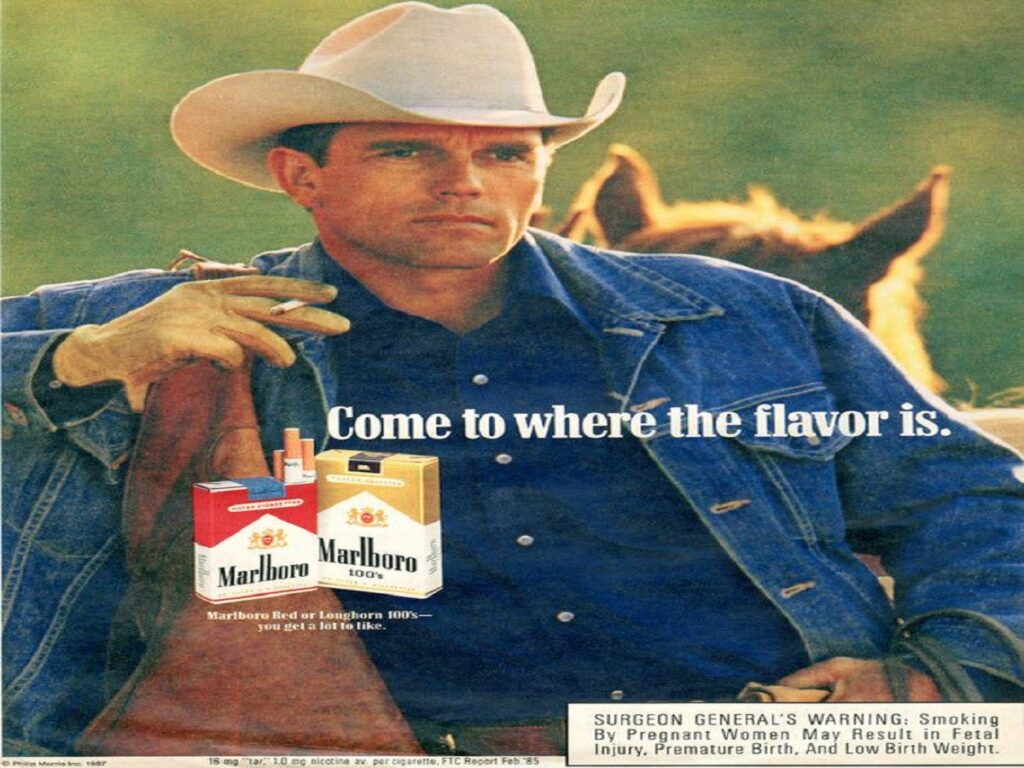
The Marlboro Man campaign portrayed rugged cowboys smoking cigarettes, associating smoking with masculinity and freedom. It glamorized a highly dangerous product and linked it to identity and adventure. Modern regulations completely ban tobacco advertising on television, and campaigns cannot depict smoking as desirable or aspirational. The campaign, once iconic, now serves as a cautionary tale about misleading health messaging. Contemporary audiences are unlikely to accept glamourized depictions of harmful products without significant disclaimers.
12. Volkswagen – “Think Small” (1970s)

Volkswagen’s famous “Think Small” ad encouraged buyers to embrace the compact Beetle during a market dominated by large cars. While celebrated for clever copywriting, some elements included subtle gendered humor, implying men valued efficiency while women focused on aesthetics. Today, such messaging could be criticized for stereotyping. Nonetheless, the campaign’s minimalist design and witty appeal remain iconic. Modern marketers would need to update the narrative to avoid gender assumptions while retaining the clever approach that challenged conventional automotive advertising norms.
13. Pepto-Bismol – “Pink, Not Scary” (1970s)
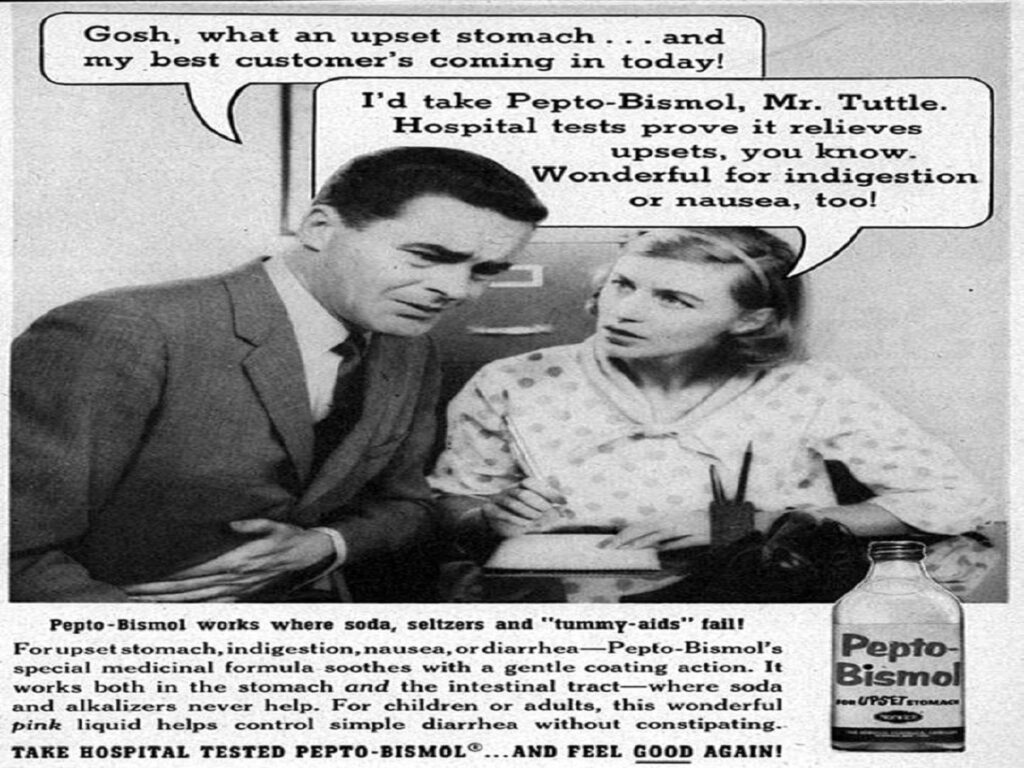
Pepto-Bismol commercials often dramatized digestive distress in exaggerated ways, with slapstick sequences highlighting bloating or nausea. Some ads leaned on scare tactics, especially for children, to make the pink liquid appear essential. Today, regulatory bodies closely monitor health product claims, and using fear as a marketing tool would be heavily scrutinized. Humor must be balanced with factual accuracy. While the campaign was memorable, its mix of exaggeration and dramatization would likely be considered inappropriate for a modern audience sensitive to health and safety messaging.
14. Campbell’s Soup – “M’m! M’m! Good!” (1970s)

Campbell’s ads featured families, often with mothers serving soup to eager children, reinforcing gendered domestic roles. The iconic jingle was catchy, but the messaging implied women’s primary role was in feeding and pleasing their families. Today, such portrayals would face criticism for perpetuating outdated stereotypes. Modern campaigns emphasize shared household responsibilities and diverse family structures. While nostalgic, the original ads highlight how advertising once normalized gendered expectations. Contemporary viewers would find them charmingly retro but socially tone-deaf.
15. Listerine – “Kills Germs That Cause Bad Breath” (1970s)

Listerine commercials relied on the fear of social embarrassment, showing people being shunned due to bad breath. The ads often exaggerated outcomes, such as dramatic rejection scenarios. While effective at driving sales, modern advertising regulations require a more measured approach, avoiding overly manipulative fear tactics. Today, companies must provide scientific backing and avoid stigmatizing natural human conditions. Though Listerine’s message remains relevant, the theatrical panic in ’70s ads would be toned down to align with contemporary ethical standards.
16. Right Guard – “Strong Enough for a Man” (1970s)
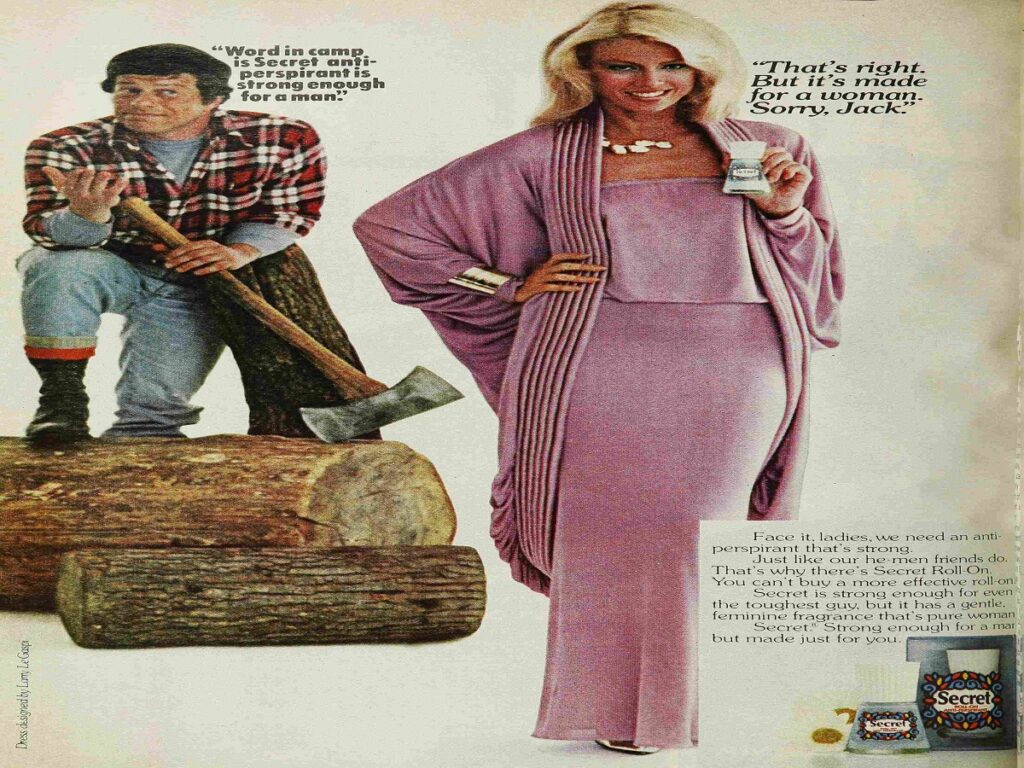
Right Guard’s commercials marketed deodorant with overtly masculine messaging, suggesting men needed “extra” protection while implying women were naturally less sweaty. The ad reinforced rigid gender stereotypes, equating hygiene with masculinity. Modern campaigns embrace inclusivity and avoid implying one product is inherently gendered. Today, brands focus on efficacy without assigning traits based on sex. While memorable for its tagline, the original campaign would be seen as outdated and potentially offensive in today’s more progressive advertising climate.
17. Hamm’s Beer – “From the Land of Sky Blue Waters” (1970s)
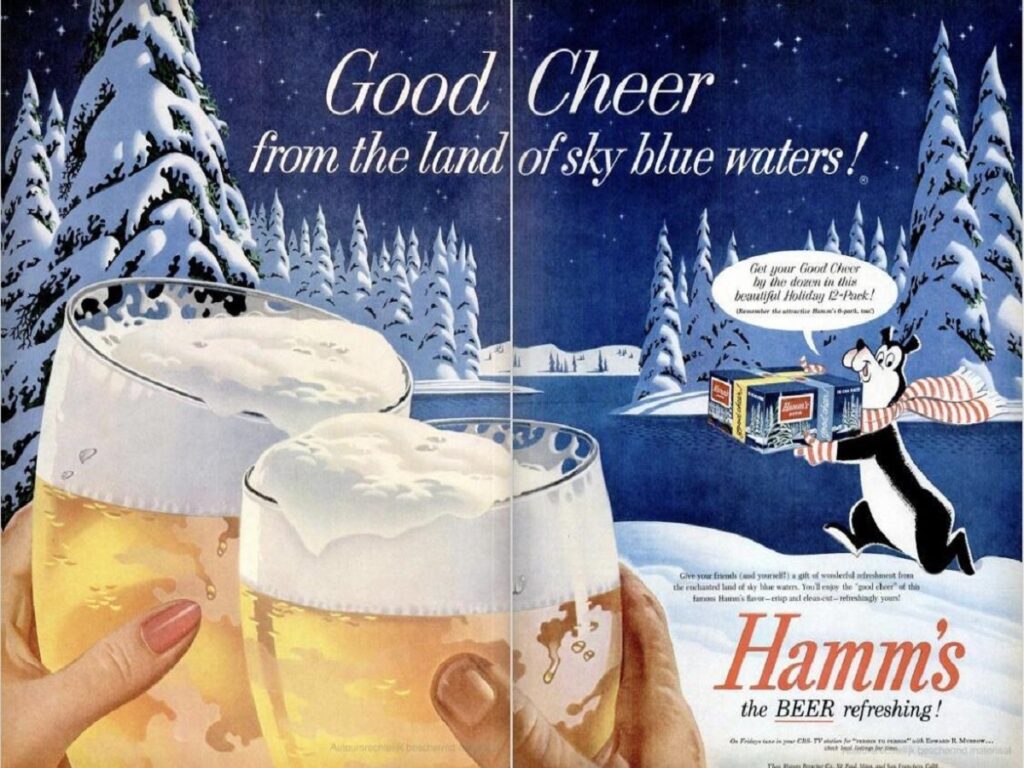
Hamm’s Beer commercials featured carefree outdoor adventures, often showing men enjoying beer in exaggerated wilderness settings while women played supporting or decorative roles. The ads glorified drinking as part of masculinity and adventure. Today, alcohol advertising faces strict rules about responsible consumption and gender representation. Portraying drinking as essential to fun or ruggedness would draw criticism. While visually appealing, the campaign’s casual approach to gender roles and alcohol promotion makes it unsuitable for modern broadcast standards focused on ethics and safety.
18. Aunt Jemima – “Always a Family Favorite” (1970s)

Aunt Jemima commercials depicted a smiling Black woman serving pancakes to white families, reinforcing racial stereotypes and domestic servitude roles. While intended as wholesome family advertising, today such imagery is widely considered offensive and racist. Modern brands are expected to avoid caricatures and discriminatory portrayals. This ad, once common in households, now stands as an example of how racial representation in marketing has dramatically evolved. It’s a reminder of why cultural sensitivity is crucial in today’s media.
Comments